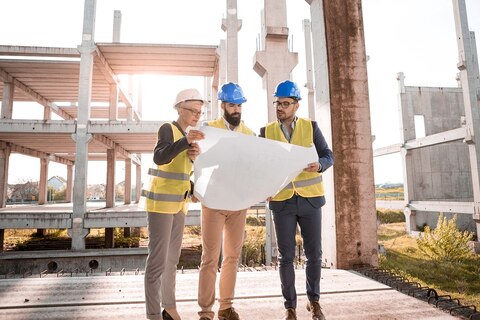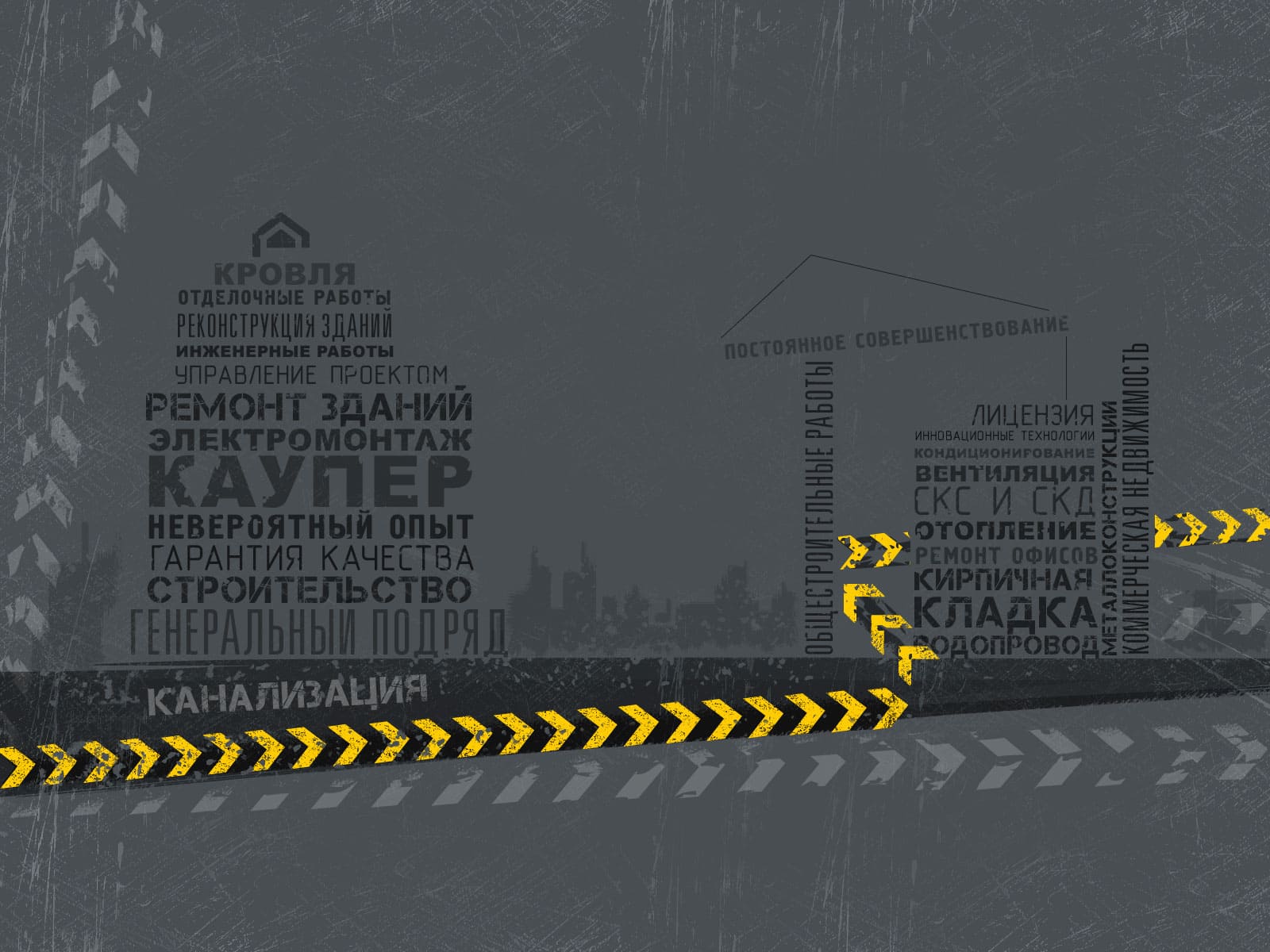Key Safety Aspects in Office Building Construction

Constructing office buildings requires a high level of responsibility and attention to safety issues. From proper planning to quality execution, every project stage must meet numerous requirements and standards to ensure the safety of workers on the construction site and the longevity and safety of the future office building. In this article, we will explore the key safety aspects that are crucial during the construction of office premises.
1. Planning and Design
1.1. Risk Assessment
The first step in ensuring safety in construction is conducting a thorough risk assessment to identify potential hazards at every stage of the project.
Key Steps:
- Assessing the condition of the land plot, including the presence of underground utilities and groundwater.
- Analyzing potential environmental and technological risks.
- Developing measures to minimize risks during construction and subsequent operation of the building.
1.2. Selection of Safe Materials
Office buildings must be constructed using materials that meet fire safety requirements, environmental standards, and strength norms.
Recommendations:
- Use non-combustible or fire-resistant materials for internal and external finishes.
- Utilize non-toxic materials that do not release harmful substances when exposed to high temperatures.
2. On-Site Safety Organization
2.1. Access Control and Worker Safety
A robust access control system must be established on the construction site to prevent unauthorized access.
Safety Measures:
- Install fencing around the construction site and set up security posts.
- Use surveillance systems and visitor registration processes.
2.2. Personal Protective Equipment (PPE)
Providing workers with PPE is a mandatory safety element that helps minimize the risk of injuries and accidents.
Essential PPE:
- Helmets, safety glasses, gloves, and steel-toed boots.
- High-visibility clothing for workers operating near machinery or at height.
2.3. Equipment and Machinery
Proper operation of construction machinery and equipment is crucial for ensuring safety.
Recommendations:
- Conduct regular technical inspections and maintenance of machinery.
- Train personnel on the safe use of equipment.
- Restrict access to machinery for unauthorized individuals and unqualified workers.
3. Fire Safety
3.1. Fire Suppression and Emergency Exits
Fire safety is one of the most critical aspects to consider when constructing office spaces.
Measures:
- Install modern fire suppression systems and alarms.
- Ensure the availability of emergency exits and evacuation plans.
- Regularly conduct evacuation drills and training sessions.
3.2. Use of Fire-Resistant Materials
All materials used in construction must be fire-resistant, especially those applied to evacuation routes.
Recommendations:
- Use fire-resistant doors, partitions, and finishes.
- Treat wooden structures with fire retardants to enhance their resistance to ignition.
4. Environmental Safety
4.1. Waste Management
Proper management of construction waste helps reduce environmental impact and enhances on-site safety.
Recommendations:
- Sort and dispose of construction waste according to environmental regulations.
- Use materials that can be recycled or reused.
4.2. Minimizing Noise and Dust Pollution
Reducing noise and dust levels during construction is vital for the safety of workers and nearby facilities.
Measures:
- Use modern machinery with low noise levels.
- Employ dust barriers and misting systems during dust-generating activities.
Conclusion
Safety in office building construction is a complex and multifaceted process that includes risk assessment, using quality materials, adhering to fire codes, and meeting environmental standards. Organizing safe working conditions on the construction site and maintaining constant oversight of safety protocols will help ensure the successful completion of the construction and create a reliable and safe work environment for future office occupants.

